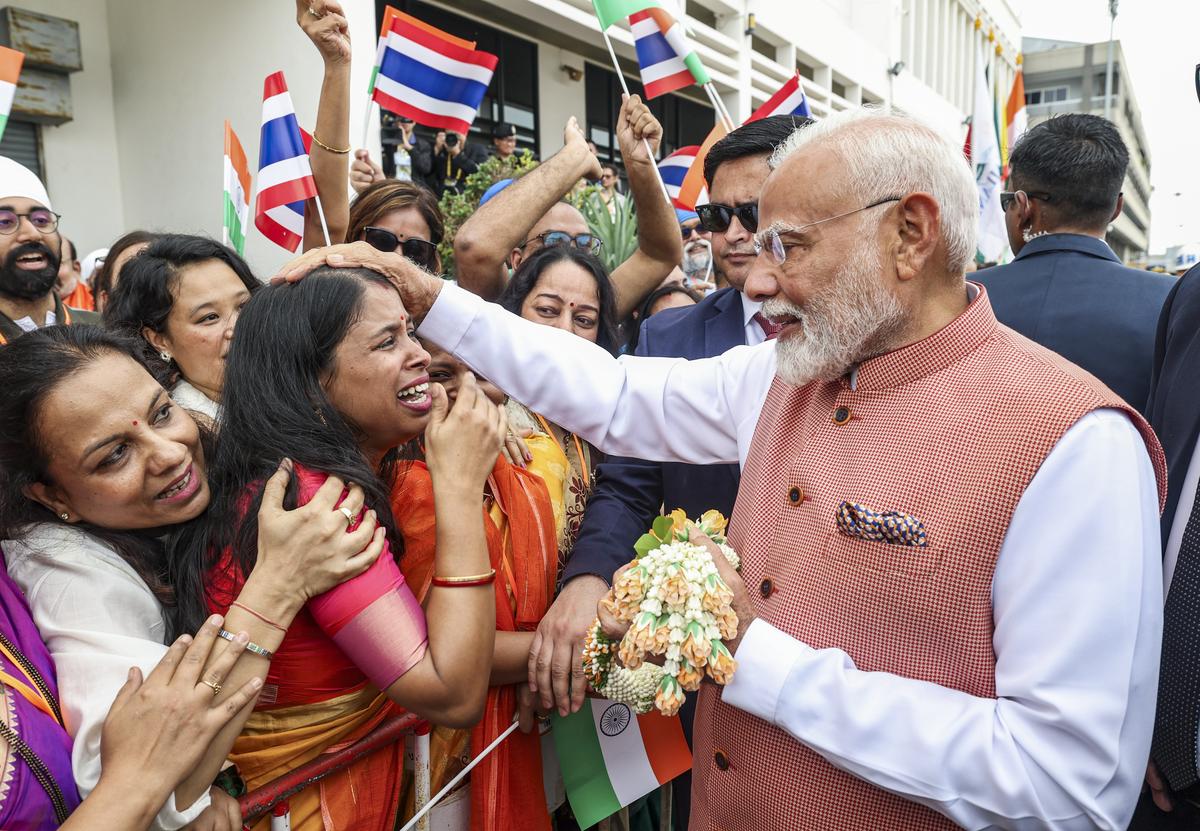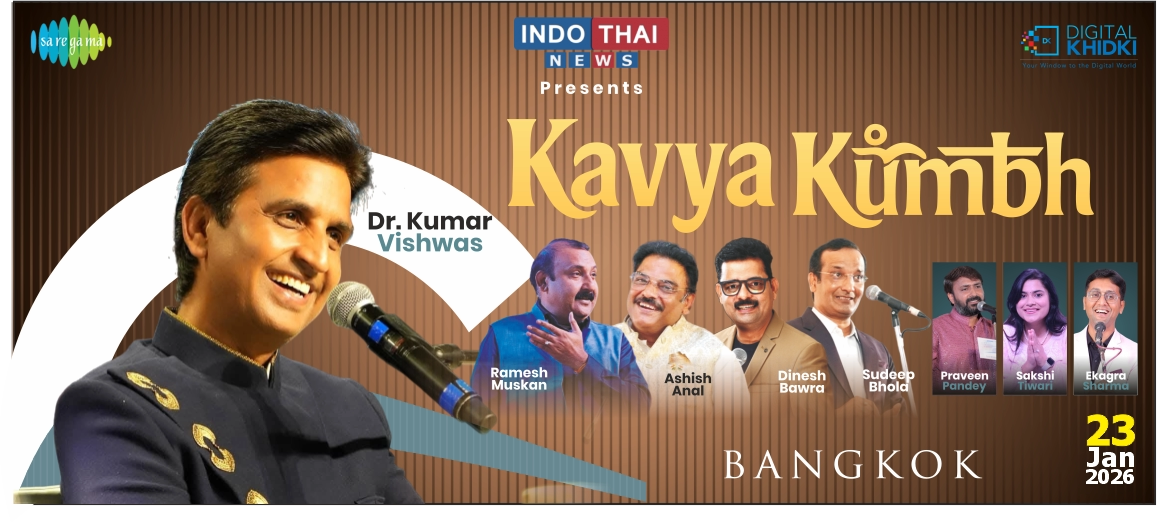Today, September 17, marks the 75th birthday of India’s Prime Minister, Narendra Modi—a milestone that reflects not only his personal journey but also India’s place in a more connected world. From his humble beginnings in Gujarat to shaping India’s global outreach, Modi’s story mirrors the country’s own evolution: rooted in heritage, moving toward innovation, and building bridges with neighbors like Thailand. His recent visit to Bangkok highlighted how culture, tourism, and shared traditions continue to bring India and Thailand closer—offering travelers fresh opportunities to experience the depth of this friendship.
From Vadnagar to Vibrant Gujarat
Born in 1950 in Vadnagar, a historic town in Gujarat’s Mehsana district, Modi’s early life was set against a backdrop of culture and heritage that still resonates today. Travelers can explore Vadnagar’s ancient stepwells, medieval temples, and the Buddhist monastery remains recently unearthed by archaeologists—evidence of continuous habitation for over 2,500 years.
Gujarat itself has become a showcase of Indian tourism. Visitors flock to the wildlife safaris of Gir National Park, the only home of the Asiatic lion, and to the vast salt desert of the Rann of Kutch, where the shimmering white landscape transforms under moonlight. Pilgrimage towns like Somnath and Dwarka add layers of spiritual travel to the region.
In recent years, India has emphasized its cultural diplomacy. International Day of Yoga—recognized by the United Nations in 2014 following India’s proposal—has turned yoga into a global celebration. This cultural outreach has also boosted India’s appeal as a wellness destination, with travelers seeking out yoga retreats, Ayurveda centers, and holistic wellness experiences across the country.
Food often tells the story of a people. Gujarati cuisine—predominantly vegetarian, light, and flavorful—offers a taste of the state’s identity. Staples like dhokla, thepla, fafda, and khichdi are not only comfort foods for locals but also culinary highlights for visitors eager to explore India through its regional cuisines.
What makes India compelling today is its balance between preserving heritage and embracing change. Ahmedabad, India’s first UNESCO World Heritage City, is home to centuries-old architecture, while projects like Gujarat International Finance Tec-City (GIFT City) showcase India’s ambitions as a modern economic hub. For travelers, this blend of the historic and the futuristic creates a diverse and dynamic experience.
A Journey Worth Taking
As Narendra Modi celebrates his 75th birthday, his personal story mirrors India’s broader trajectory—rooted in humble beginnings, enriched by culture, and stepping confidently onto the global stage. For travelers, exploring this narrative firsthand offers one of the most rewarding journeys: discovering a country that is constantly redefining itself.
Recent Visit to Thailand & Deepening India-Thailand Ties
In April 2025, Prime Minister Modi made his third visit to Thailand (Bangkok, April 3–4) to participate in the 6th BIMSTEC Summit and for an official bilateral visit. For travelers, this visit has meaningful implications: easier visa access (for Thai visitors), growing cultural exchange, better tourism infrastructure, and more collaborative initiatives that can open up new travel opportunities.
India–Thailand Travel Opportunities
1. Easier Travel & Visas
-
India has introduced free e-visas for Thai citizens, making it simpler and more affordable to visit.
-
Both sides are discussing new flight routes and improved air connectivity to boost tourism and business travel.
2. Spiritual & Cultural Journeys
-
India agreed to send sacred relics of Lord Buddha from Gujarat to Thailand for public veneration, strengthening Buddhist pilgrimage links.
-
Shared epics like the Ramayana (Ramakien in Thailand) create cross-cultural trails for travelers exploring ancient stories in temples, murals, and festivals.
3. Handicrafts & Culinary Exchange
-
MoUs on handlooms and handicrafts mean more exhibitions, fairs, and cross-border showcases of Indian and Thai design traditions.
-
Food festivals celebrating Gujarati and Thai cuisines are expected to expand, offering travelers richer culinary experiences.
4. Northeast India–Thailand Gateway
-
Travel corridors connecting India’s Northeast states with Thailand are being promoted under the Act East policy. This means new opportunities for adventure, eco-tourism, and cultural exchanges across the Mekong region.
5. Joint Tourism Promotion
-
Both governments are working on co-branded tourism campaigns to attract global visitors who want to experience India and Thailand together in one journey.



